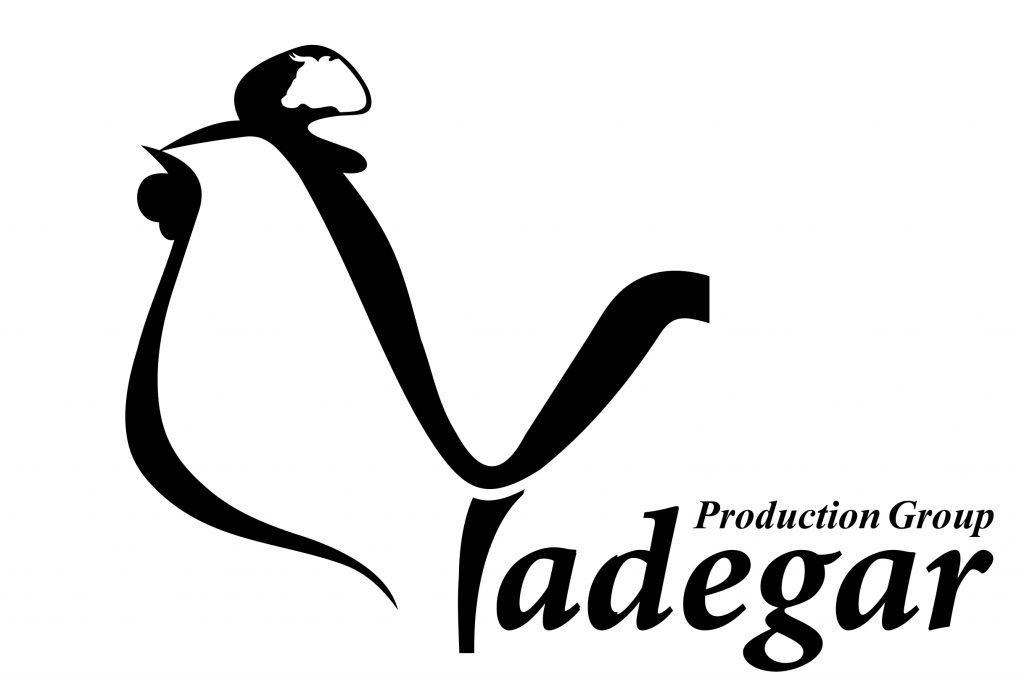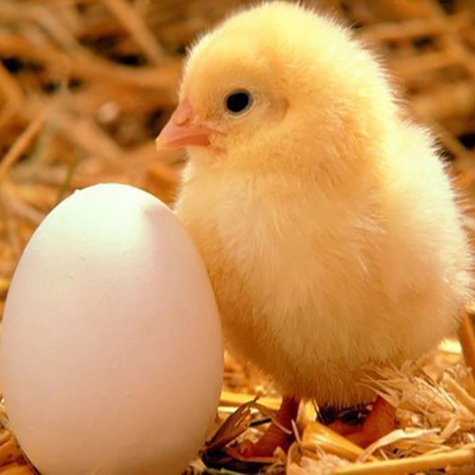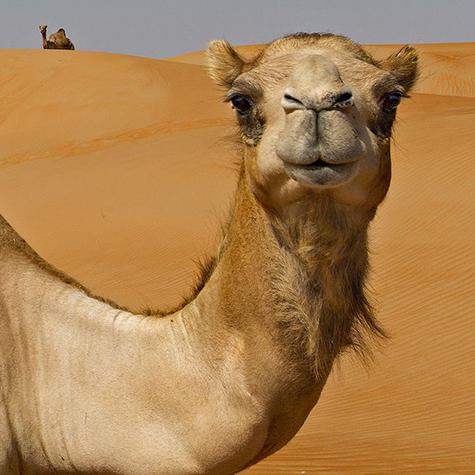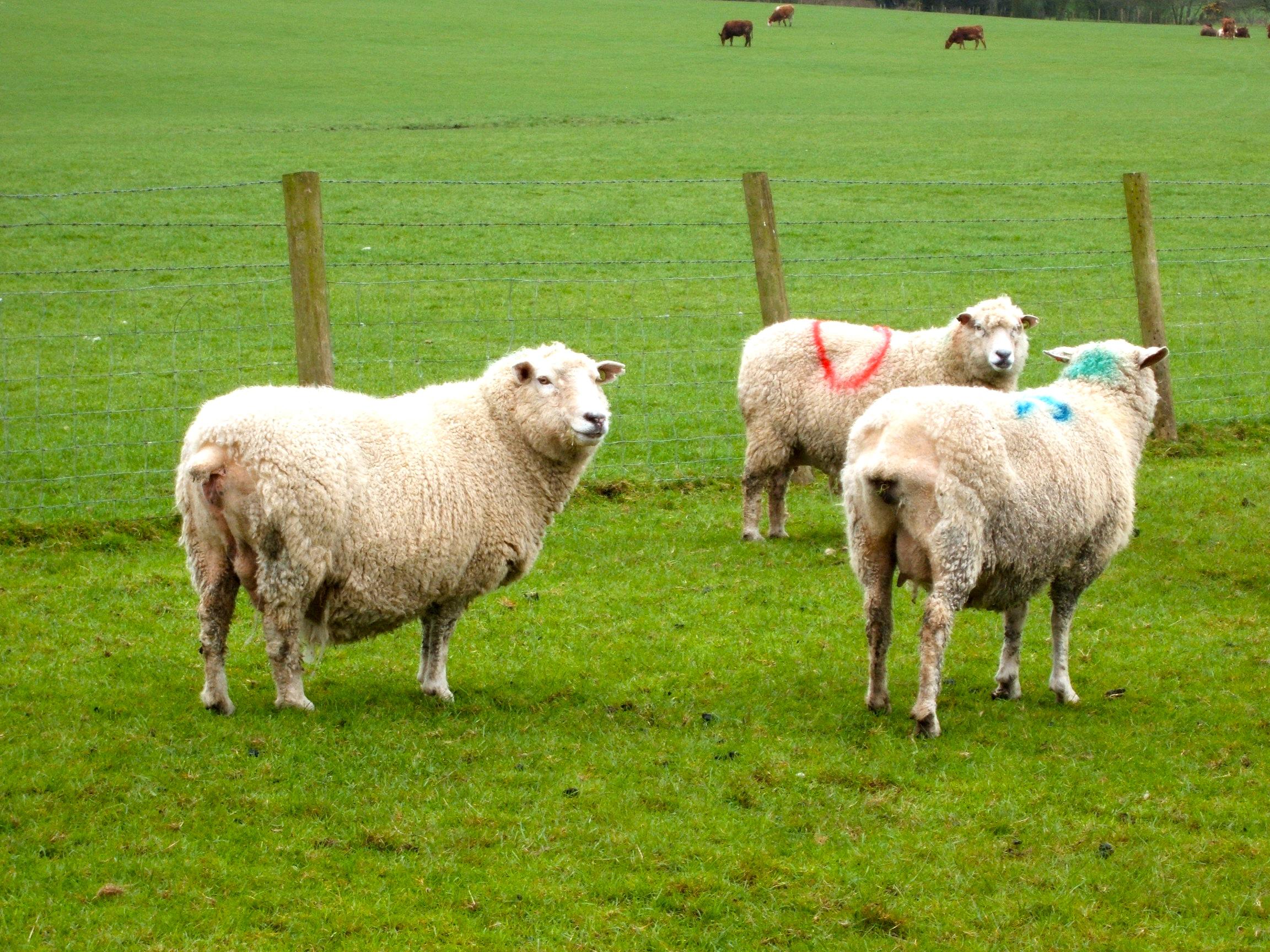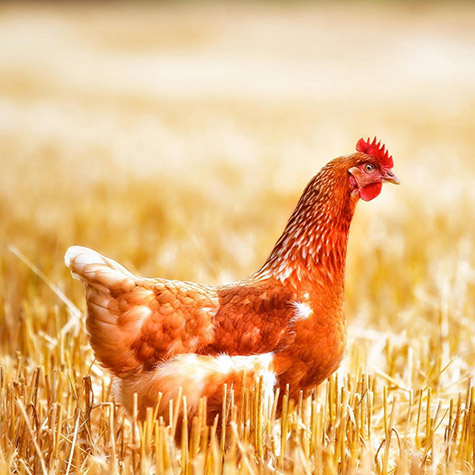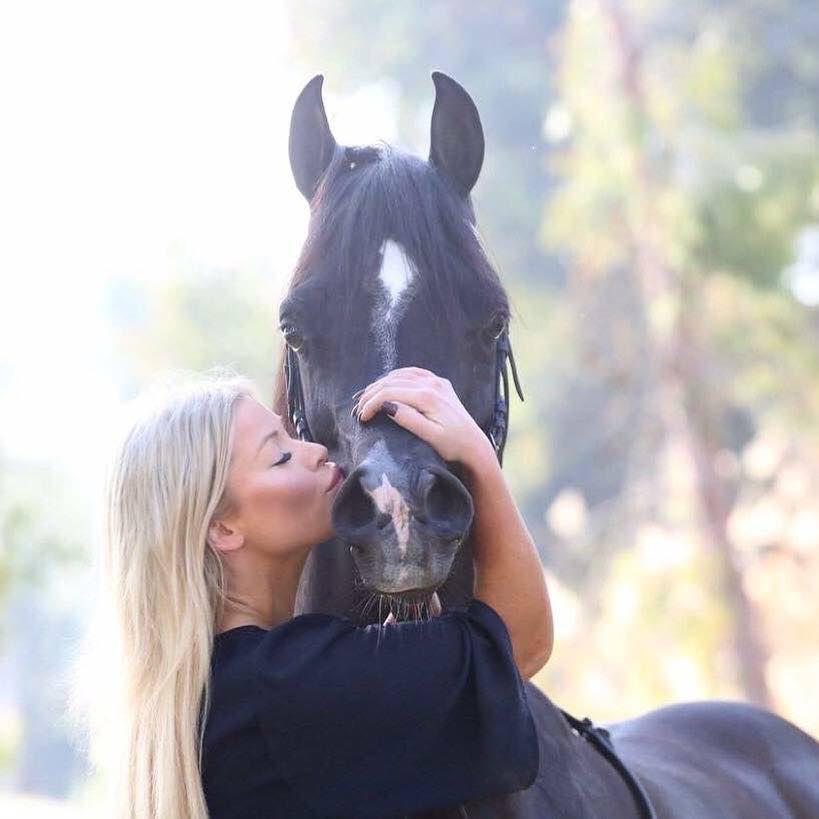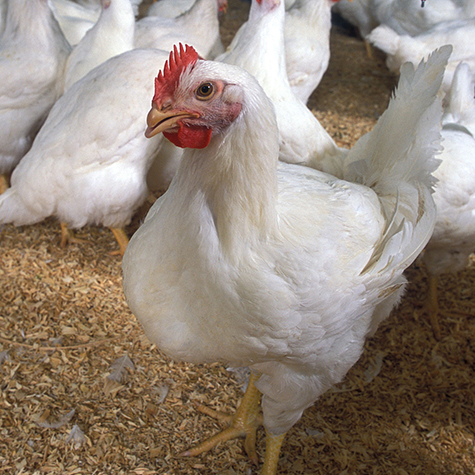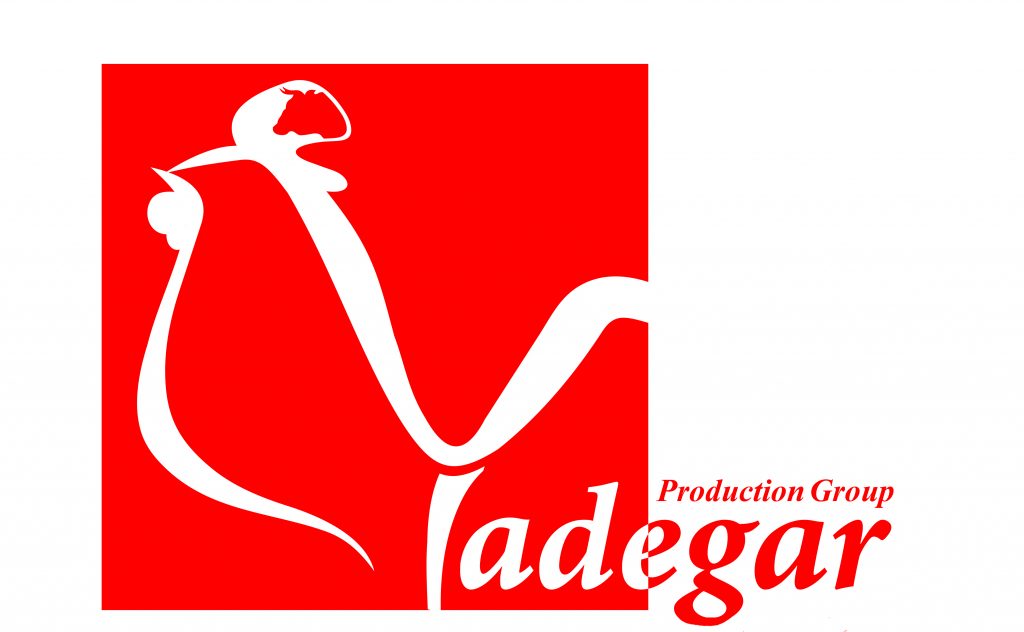How to grow a chicken after a successful hatch?
Although it may be hard to believe, but chicken rearing is a lot easier than you think. It only needs constant attention.
Newly hatched chicks feed on the remaining ingredients in the yolk sac after they are born, so they do not need water and food for up to 48 hours. After this period, they can be removed from the incubator while completely dry. Some chicks may want to escape your hand! Therefore, be as cautious as possible and remove them so that your hands cover the entire area around your body so that your hands also surround the wings of the chickens. Otherwise, they will start fluttering and may accidentally break their wings or even fall.
Artificial mother chicken
Chickens should be moved to an artificial mother chicken as soon as they leave the incubator. An artificial mother’s chicken device is not necessarily the place where chicks live there until the relative growth of their feathers. Although there are several types of chicken artificial mother-of-the-art plastic-to-steel devices with a capacity of 600 chicks or more on the market; it does not need to be anything special! The easiest thing to do is to make a cardboard box and warm the inside of it with a thermal lamp.
The temperature of the device in the first week should be maintained at about 35 degrees Celsius. This temperature should be reduced to 3 degrees Celsius every week. You can use a few thermometers to measure the temperature. Chickens will go away as far as possible from the heat bulb and feel cooler to the cooler parts of the device if they feel the heat is warming up, and if you feel a lot of cold weather, then you can change the ambient temperature by increasing or decreasing the height of the lamp. .
The lamps used can be varied, but we recommend using a 250 watt red lamp because, firstly, heat distribution is more uniform in these heat bulbs and, on the other hand, prevents the red light of the chickens from tipping and filling. The heat bulb should be sufficiently far away from the bed and be free of swings in the area. The bulb should also be placed at a point where chicks can go as far as they can when it feels warm.
The use of newspaper in bed is by no means advisable. The level of the newspapers is very slippery and is not suitable for walking chicks in a way that can cause an open angle problem in the legs. The best substrate for chickens is pine wood chips because it has enough friction for walking.
Some people ask about whether chicks should be kept at all. In response, it should be said that firstly, lighter livestock species like sitting on these nurseries, and secondly, if the width of the living room is at least 5 centimeters, the birds will not encounter the problem of curvature of the bone marrow and therefore provide a seat for the chickens It is safe.
Water and food
The chicken’s diet is relatively inexpensive. Chickens need a Carmel diet with a protein level of 22-20% in the first few weeks. This diet should contain “coccidiostate”. This chemical helps control and develop immunity against coccidiosis (bloody diarrhea). At about 6 weeks, you can have chicken growth ration. When chicks reach 18 weeks, their diet changes to a protein level of 16%. This diet can be cooked in a pillow or wheat flour. Flour can be dried (in which case the amount of food waste is high and it is also likely to stick to the tip of the birds and quickly water will be dirty) or in the form of soft or soaked (mesh) foods. Soft food (mesh) should always be fresh because it bites easily.
The pebbles should always be available from the start of breeding courses available to the birds. The presence of pebbles in the diet of poultry grass helps to grind food, especially hard beans. From the 4 months before the beginning of the laying period, the shellfish or limestone grains should be added to the diet of the birds to help form the egg shell. Lighter livers are about 5 months old and heavier species begin to lay at about 6 months. In the winter, a small amount of liver oil can also be added to the diet. The poultry have about 110 to 170 grams of food per day and bentamids will require 56 to 85 grams of food per day, depending on their daily dosage. You can also throw wheat and corn seeds on the ground so that the birds remain active on the ground and picking up the seeds. If there is no possibility for poultry, green foods (vegetables) will also be well received among the poultry.
Water is also an important part of feeding chickens. Pellets need plenty of water and their water should be replaced at least 2 to 3 times a day, as it may be contaminated with extinctions.
Chickens naturally come out of a humid environment inside their eggs. After hatching, they will again be instinctively willing to return to the wet environment, and their drinking water will be the best place for them. For this reason, if they want to access, they will drop their heads into the water and, as a result, they will be overwhelmed. For this reason, it is necessary to place the drinking bowl with a few pieces of marble on a surface above the floor of the bed to prevent this phenomenon.
Chickens are often unable to recognize the location of water and food, and even how to eat and drink in the first few days. It’s enough to take one or two chicks and dip their tip into the bowls of water and food before you realize that other members will well learn this.
Health and health of several days old chicks
As we know, diseases can endure even adult poultry flocks, and it is clear that chickens are more vulnerable to disease. So you need to take a few points on this:
It is necessary to clean and disinfect the machine after the end of a breeding season and the start of the next period. If you use cardboard from an artificial chicken machine, throw away chickens to the cage (about 5 to 6 weeks depending on the weather conditions).
Wash your hands with soap and water before and after contact with the chicks. This work becomes even more important when you touch other birds with adult birds before touching other flowers.
Another common phenomenon in the pullets is that it may form a hard shell at the back of the waste when it is repelled, which, if continued, can lead to denial of the diarrhea and even lead to the death of chicks. If you encounter such a situation, take the chickens gently and dry the dehydrated part under the water to open the fecal ducts. Warning: Breeding this cortex without lukewarm water can be very detrimental to chickens.
Try to buy chicks from a trusted hatchery, because in these hatcheries, chicks are first tested and then presented to the market. Trusted hatcheries also vaccinate chicks after hatching, and therefore, in general, chicks do not need to be vaccinated.
